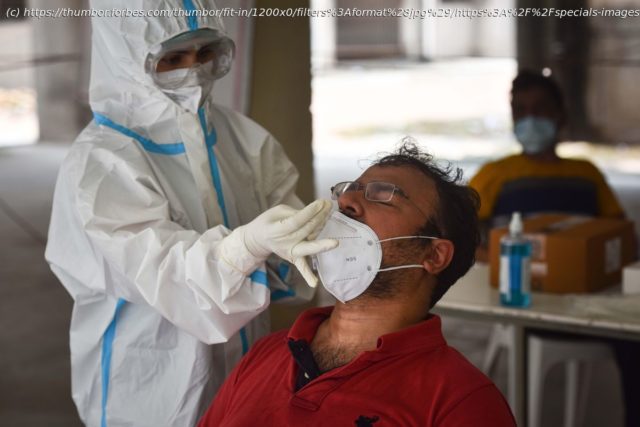The two-step method is not only a better way to test, but could potentially reduce transmission by 50 percent or more—and do so quickly.
In the United States, testing for Covid-19 has become a persistent problem. For some without insurance, it is too costly. For others living in remote or underserved areas, too inaccessible. For us all, far too slow. While some tests take only a few minutes to complete, most tests take much longer to deliver results. If the person awaiting results isn’t cautious, the time needed to process samples in a lab—anywhere from a few days to a few weeks—becomes time enough for the virus to spread far and wide. The two-step method is not only a better way to test, but could potentially reduce transmission by 50 percent or more—and do so quickly. Key advances in our ability to detect SARS-CoV-2, the virus that causes Covid-19, make this new method possible. Tests were created early on that could measure the presence of viral RNA in any given sample using the polymerase chain reaction (PCR), which copies the sample a million times over to make traces of the virus easy to identify. Of all the different kinds of tests available for Covid-19, PCR tests have proven to be the most accurate. They’re also the most expensive and time-consuming. Since processing a PCR test requires special machinery that can only be found in labs and research centers, the wait for results tends to drag out, especially in places where case counts are surging and capacity strained.






